At 2,791 meters above sea level, it is the fifth highest point in Brazil […]
Arriving at a mountain refuge, 2,350 meters above sea level, would be worth the trip to Pico das Agulhas Negras.
But to see that garden of rocks that emerge from the earth, in the Itatiaia National Park, you will have to wear flip-flops (preferably with non-slip boots on your feet and with the fear of heights safely stowed in your backpack).
The trail is one of the most scenic in Brazil and gives access to the fifth highest point in the country, an altitude of 2,791 meters above sea level, on the triple border between Itamonte (MG), Queluz (SP) and Resende (RJ).
“It gave me anxiety and butterflies in my stomach because I knew how special it would be to overcome all the obstacles and reach the top,” says physical educator Juliana Simões (@vemmochilar), who was recently on site.
Although hiring a guide is not mandatory, basic knowledge of rock climbing and the use of safety equipment are essential, in an area with complex or even impossible rescue operations.
The rest is at your own risk. And that’s what this São Paulo native decided to tackle.
Pico das Agulhas Negras
In 2021, she traveled to Itatiaia National Park for the first time to climb two of the ten highest peaks in Brazil, Morro do Couto (2,680 meters high) and Pedra do Sino (2,670 m), other challenging flat trails and almost 10 kilometers long each.
But the mountain always calls. And Juliana, who never gives up on outdoor adventures, wanted to go further.
“I didn’t know what Pico das Agulhas Negras was, but I saw people going up there in very colorful clothes and I thought it was incredible. It’s an infinite immensity and I kept wondering how they would get up there,” he recalls, testifying to the Travel by fare.
To see what it was like up close, three years later, Juliana had to walk (a lot), rappel, crawl and climb natural ramps with the help of ropes, in a confusion of rocks that seem to float at the top of suspended valleys .
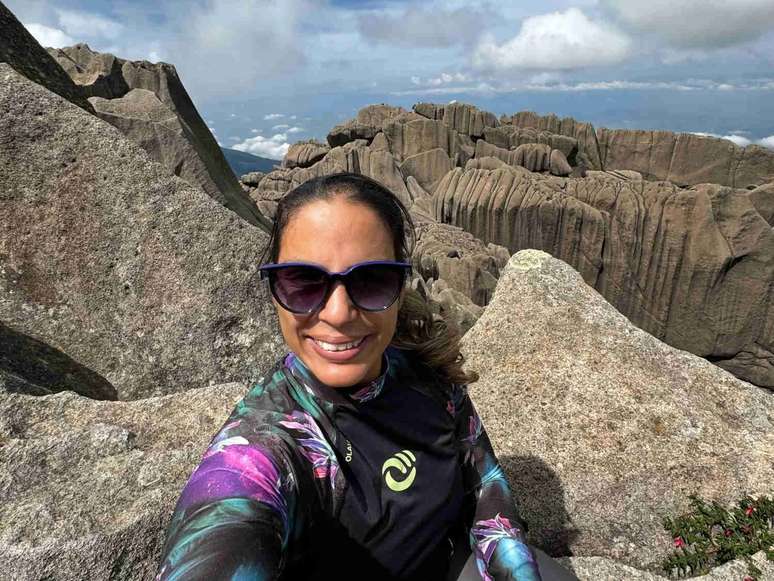
Despite the complexity of the experience and despite having thought about giving up, he confesses that he had no specific preparation, in addition to the already frequent training with aerobic and strengthening exercises.
“It’s not a trail for everyone. It’s a heavy trail and you’re always walking on rocks,” he warns.
The final stretch of the attack to the summit is like traveling through the veins of the Earth, towards those towers torn apart by natural channels, as the vertical furrows so characteristic of the massif are called.
It’s fascination and fear at the same time.
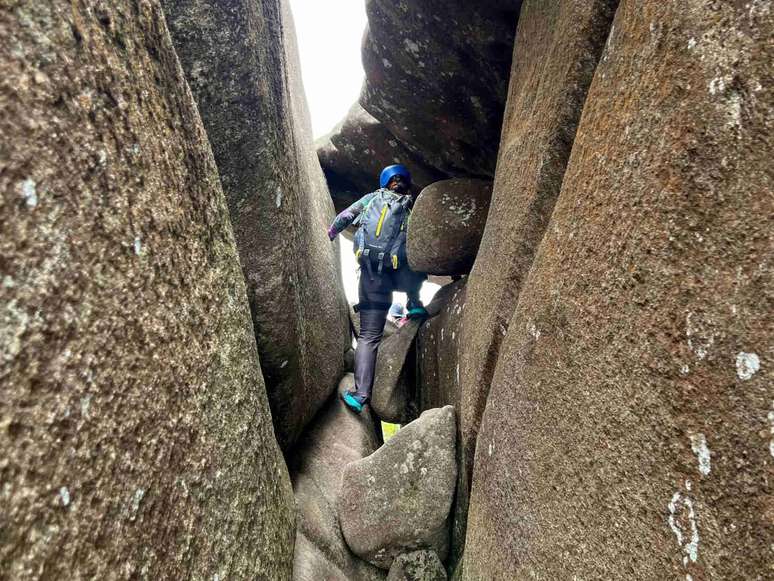
“Fear exists and, at times, I feared falling through the cracks. The way back can be slippery and we tend to always walk in a crouch,” he describes.
To satisfy your hunger to conquer more of Brazil’s iconic peaks, during some sections of the Itatiaia hike, you can also see nearby Pedra da Mina, on the challenging Serra Fina Trail, between Sao Paulo and Minas Gerais.
Juliana compares the scenic potential and degree of difficulty of Pico das Agulhas Negras with two other unique hikes in southeastern Brazil: Pico do Papagaio, the second highest point of Ilha Grande, in Angra dos Reis (RJ), and the circuit of three trails, in São Bento do Sapucaí (SP).
For beginners, the educator recommends the Casca d’Anta waterfall, “a super easy trail”, in Serra da Canastra (MG), and the Rei do Prata complex, in Chapada dos Veadeiros (GO), “a moderate walk with a very nice looking drop.”
PATH IN PEDRA DO BAÚ (SP)
SILVER KING (GO)
Beyond Pico das Agulhas Negras: the 5 highest in Brazil
| PEAK | ALTITUDE | POSITION |
| 1. from Neblina | 2,995 million | Serra do Imeri/Amazon |
| two. 31 March | 2,974 m | Amazonas (Brazil/Venezuela) |
| 3. of the flag | 2,891 m | Serra do Caparaó (MG/ES) |
| 4. Mina Pietra | 2,798 m | Serra Fina (SP/MG) |
| 5. Black needles | 2,791 m | Serra di Itatiaia (RJ/MG) |
Get ready and go
Despite the well-signposted crossroads and stretches equipped with rustic wooden bridges, Pico das Agulhas Negras requires planning.
The trail begins in Abrigo Rebouças, which takes its name from André Rebouças, one of the pioneers who unsuccessfully attempted to conquer the summit in 1878. It is there that the visitor must register and indicate which route to follow, among the fences 17 climbing routes in the massif.
Equipped with toilets and drinking water, the refuge was used by Juliana to warm up with stretching and joint mobility exercises (muscle work in multiple joints).
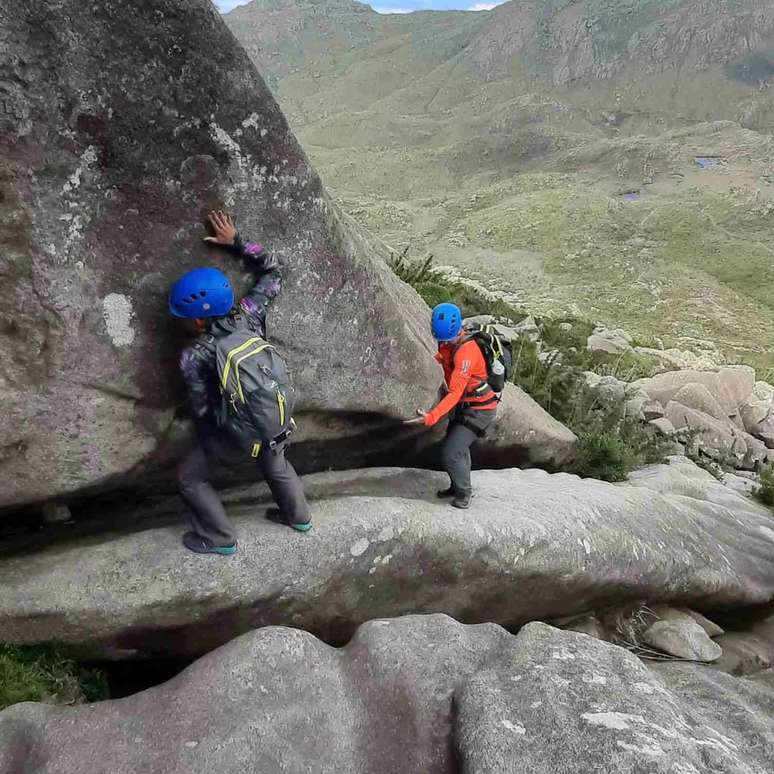
“The route itself is not very long, but the climb is heavy and steep. I confess that I thought about giving up several times, especially because of the cracks I had to jump or having to climb over four supports,” he describes.
One of the most tense moments, according to the educator, was when she had to pull a rope installed by the guide himself to make the first climb onto a platform, placing her feet on a rock.
“At that moment I was also very worried and thought about giving up,” she says.
But she didn’t give up. And he also took home the memory of one of the most exclusive scenes in the region.
“Reach the top [das Agulhas Negras] It’s an immense feeling of joy and overcoming,” he exults.
In total, there and back, it is five kilometers long, which can generally be covered in about three hours; and the more technical descent around 3:30. For those who only arrive at the base of Agulhas Negras, however, the 1,700 meter journey usually takes 45 minutes.
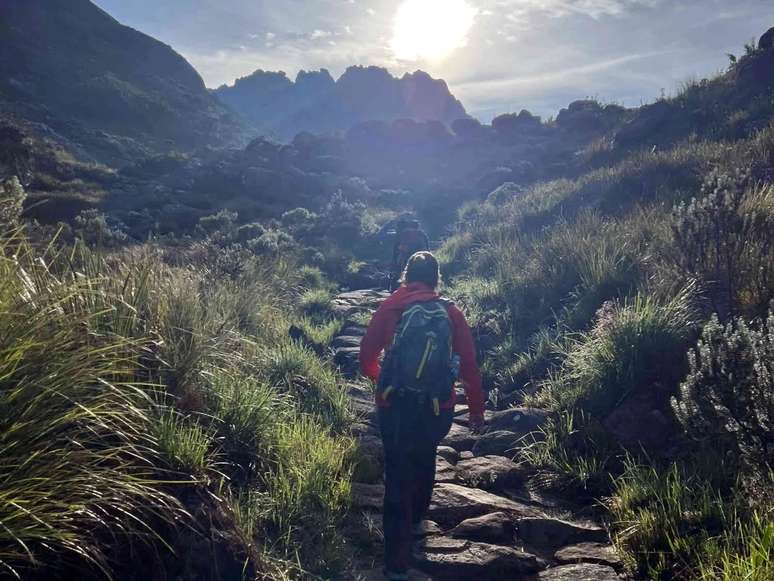
Start early, as the peak cut-off is 2pm, and after that time, visitors have to return from wherever they are.
Juliana, who started the route without sun and in temperatures of 10°C, says that no special clothing is necessary, as long as it is comfortable and three-layered, especially due to the variation in temperature along the route.
So dress in a thinner layer to wick away sweat, another to warm your body and a third to protect you from wind and humidity, like a windbreaker, for example.
The physical educator also reminds you that, in addition to a trail snack, water and a plastic bag to return rubbish, the attack backpack must have free space for your individual safety devices, such as a helmet and climbing chair , mandatory items to climb to the summit.
Since this is a route on uneven terrain, consider using a trekking pole and shoes with soles with good grip.
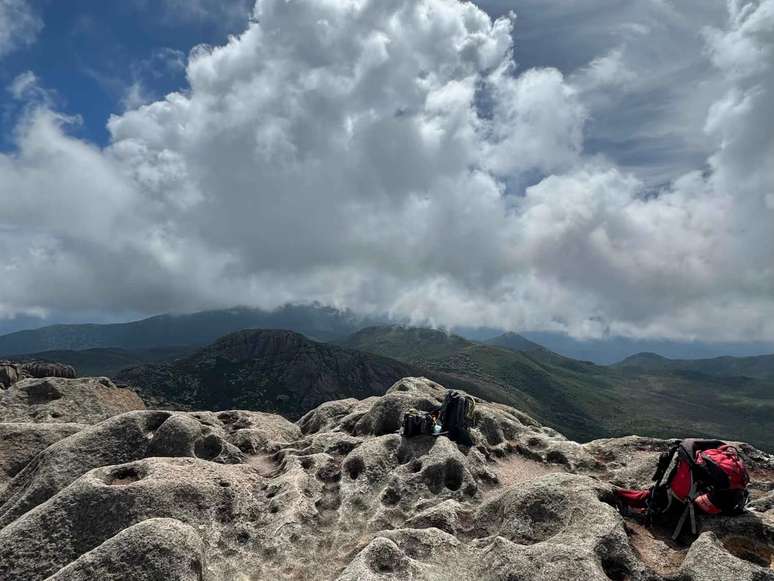
“It is also important to bring a change of clothes, especially the bottom part because, depending on the effort, the clothes could tear. [ou ficar molhada]”, advises Juliana.
It never hurts to give a heads up, but hikers should also bring a hat or cap, sunglasses, and body and lip protection.
The colder months, between autumn and winter, are the best for climbing Agulhas Negras, when there is less rain on the already slippery rocky sections of the trail. Nonetheless, the park administration itself warns that access is normal, even on rainy days, except in the case of storms, lightning and thunder.
And to prove that you have been to one of the highest points in Brazil, there is a box with the Summit Book, a small blue notebook where the ascent is recorded.
“It’s like a trophy for the person who managed to complete the challenge and reach the summit,” Juliana describes of the experience of reaching the summit, in a temperature of 14 ºC.
But everything that has gone up must come back down. And the best of the match was yet to come.
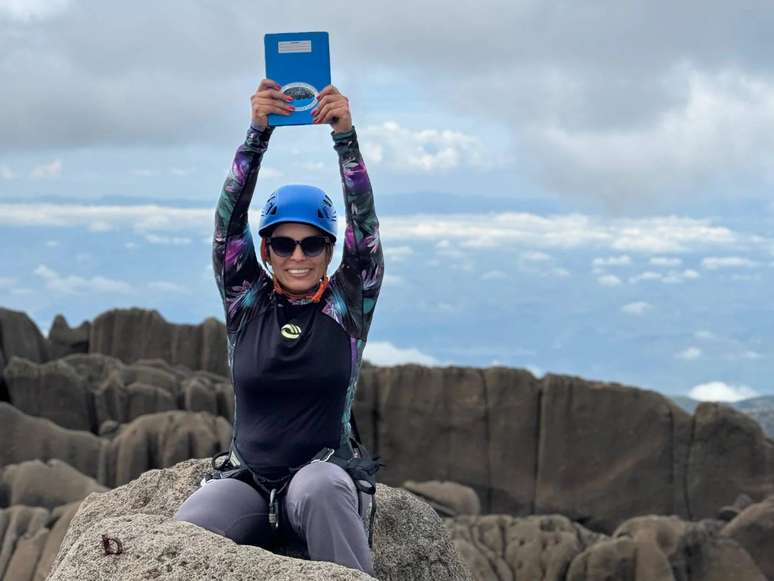
“The climb up was difficult, but the descent was worse because I had to walk on all fours with my stomach up. My palm hurt a lot and I wasn’t wearing gloves,” he recalls.
Juliana also remembers that the return through the rock channels was much more technical and slippery than the climb. But from what she has seen, all the efforts seem to have been worth it. “As I went down and looked back, I just remembered the feeling of being able to get there. And even getting down.”
“The pictures don’t give you an idea of how tall, imposing and beautiful Agulhas Negras is.”
Juliana Simões – physical educator
Itatiaia National Park
Located in the Serra da Mantiqueira, Brazil’s first national park is located on the triple border between Itamonte (MG), Queluz (SP) and Resende (RJ).
This conservation complex, built in 1937, is divided into the Lower Part and the Upper Part. And for each visitor profile there is a different Italy.
The former is known for its waterways that form waterfalls which can be accessed by low difficulty trails, such as the natural pools of the Complexo do Maromba, four kilometers from the Visitor Center, and Cachoeira Véu da Noiva, considered one of the most beautiful in the park.
In the Upper Part is the invoked version of Itatiaia, home to more complex trails, such as the Chapada da Lua (two kilometers up to lunar-looking rock formations) and the impressive Massif das Prateleiras, a 2.5 kilometer walk from Abrigo Rebouças to its base.
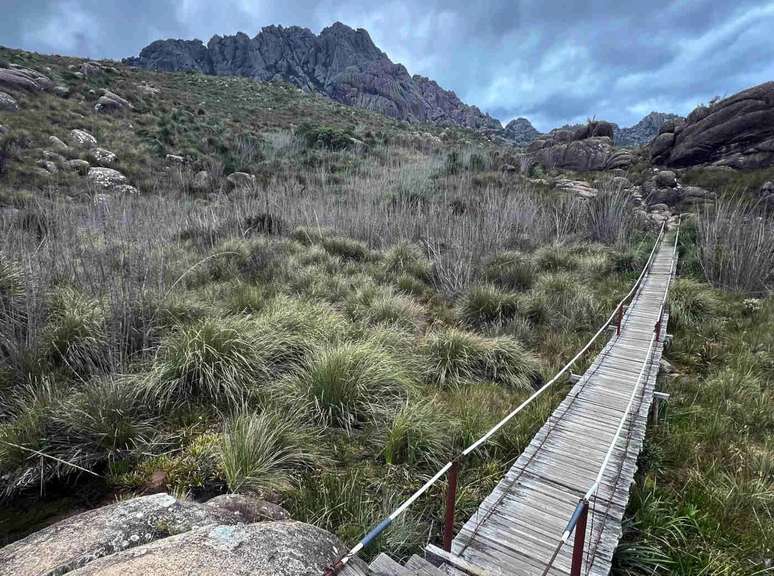
The Lower Part can be visited from Tuesday to Sunday, from 8am to 5pm, with a stay at the waterfalls until 4pm. Access to the highest points of the park is daily, from 7am to 6pm.
Tickets cost between R$42 (full price) and R$168 (four-day combination in the Upper Part with a pre-selected activity for each).
Nighttime activities are permitted in the park, except in the areas available for camping (R$60), with spaces for 20 tents, and in the Rebouças Shelter, collective accommodation (R$60) with spaces for up to 20 people, with stove and bathroom Cold.
HOW TO GET
To travel the Pico das Agulhas Negras trail, Juliana Simões, from São Paulo, followed the Presidente Dutra highway, in the direction of Rio de Janeiro, up to the district of Engenheiro Passos, 12 kilometers from Itatiaia.
From there you need to follow the Rio-Caxambú road for 26 kilometers to the pass known as Garganta do Registro. The journey continues for another 14 kilometers to Posto Marcão and another three to Abrigo Rebouças, via a dirt road.
Bottom
National Park Road, km 9 Itatiaia/RJ
High part
BR Highway 485 km 13.4 (Posto Marcão) – MG/RJ Divide
SEE THE STORY ON THE WEB
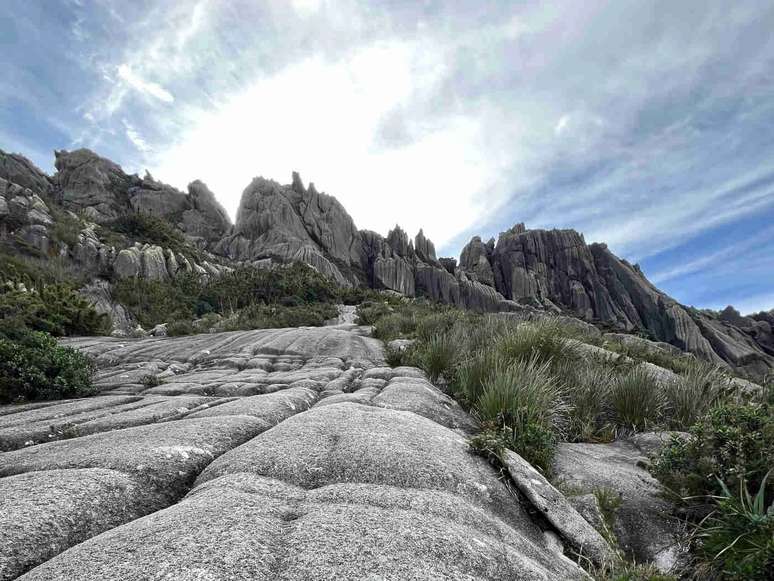
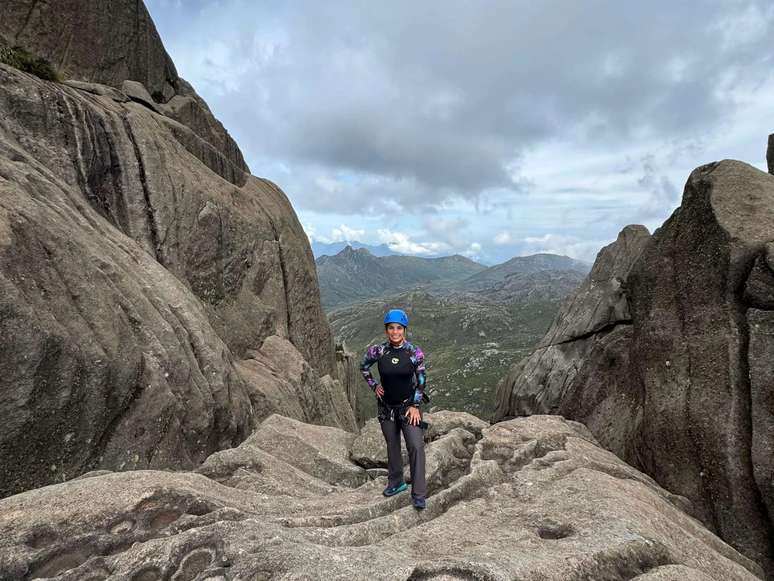
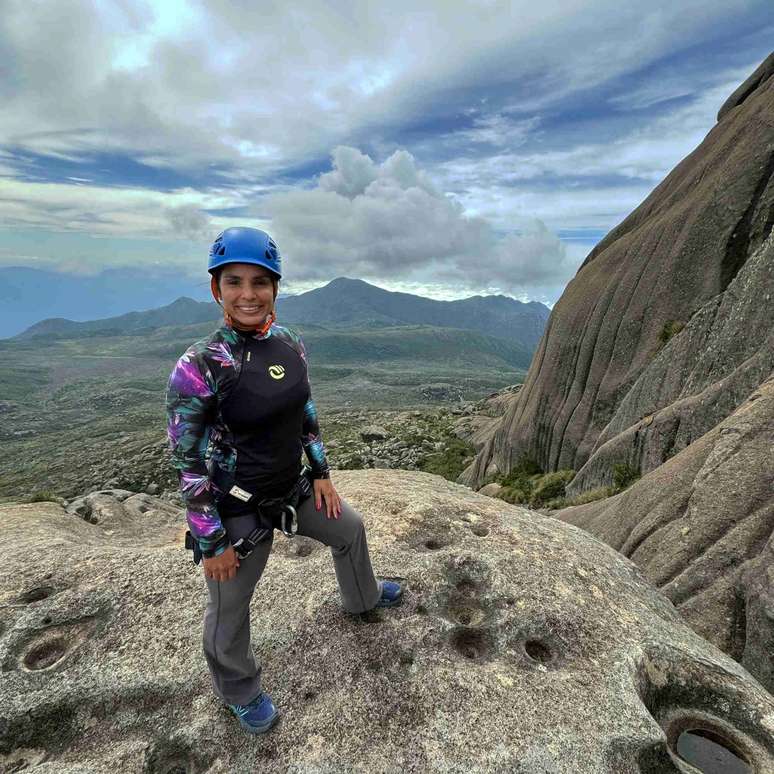
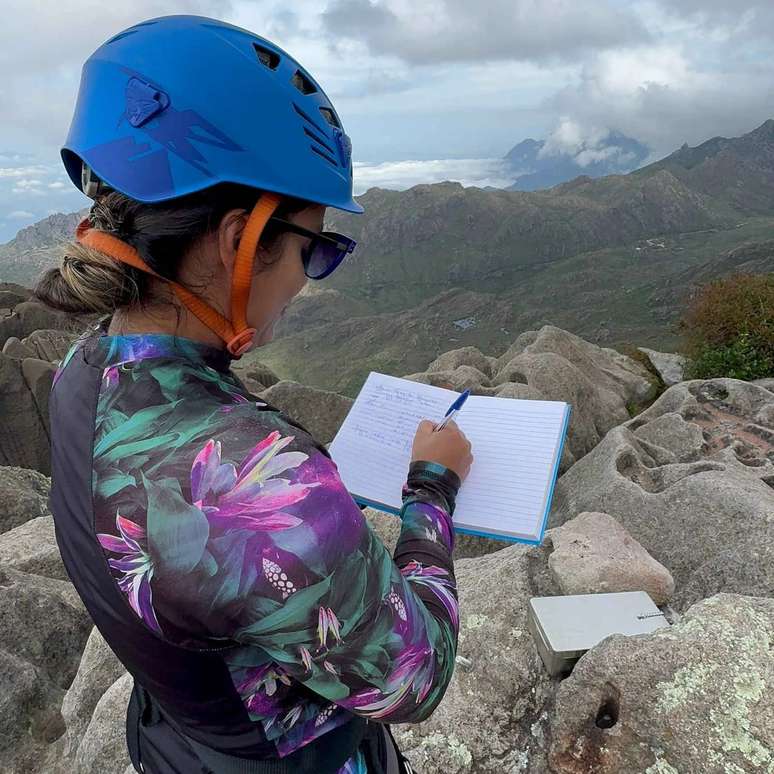
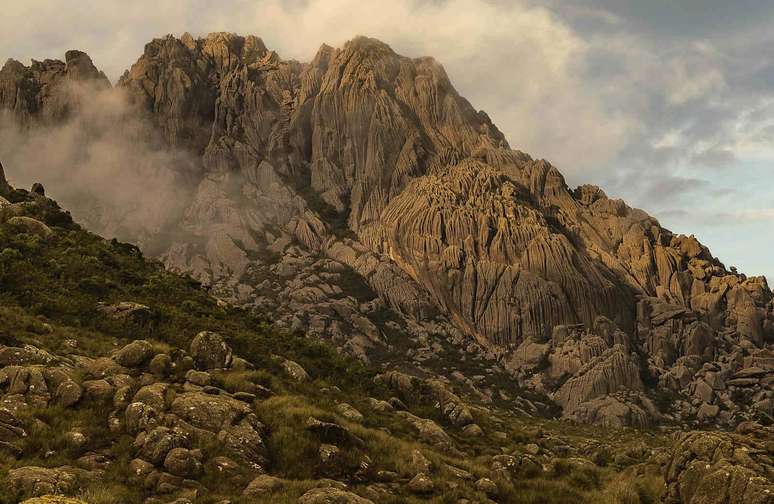
Source: Terra
Ben Stock is a lifestyle journalist and author at Gossipify. He writes about topics such as health, wellness, travel, food and home decor. He provides practical advice and inspiration to improve well-being, keeps readers up to date with latest lifestyle news and trends, known for his engaging writing style, in-depth analysis and unique perspectives.







